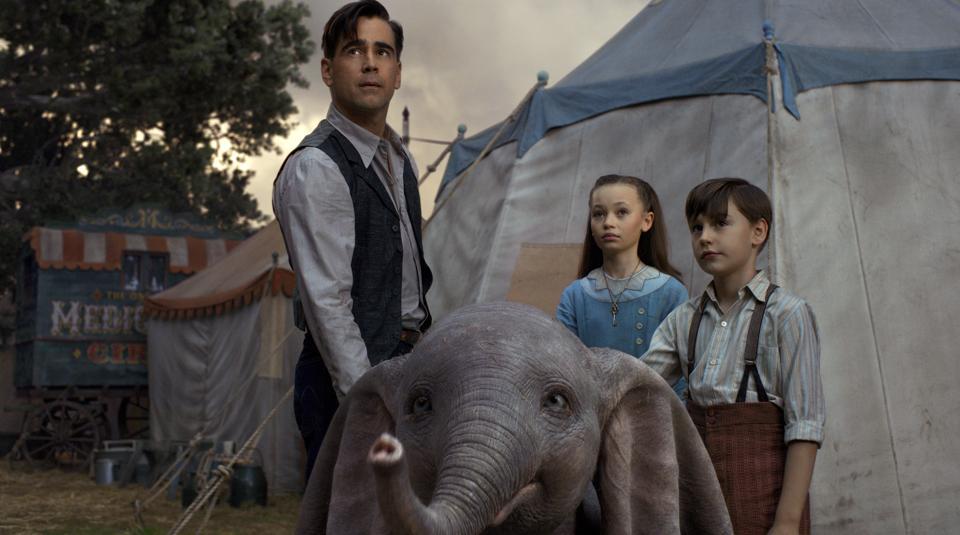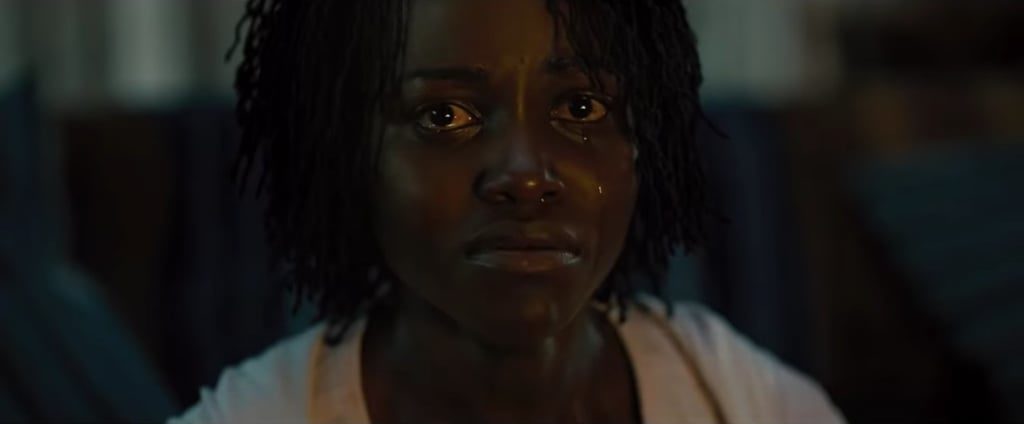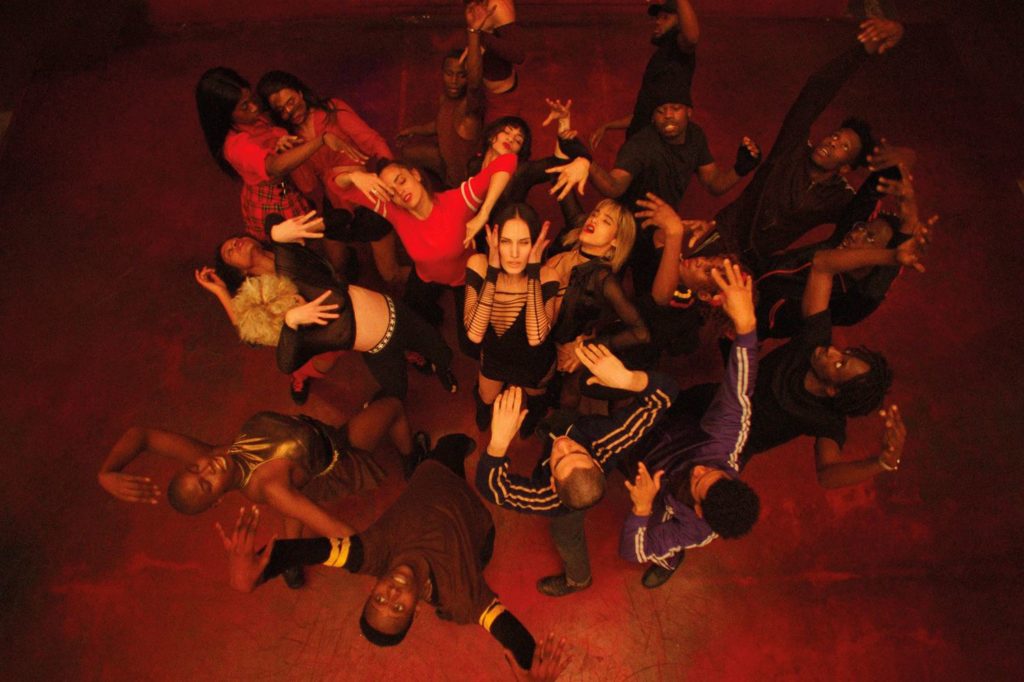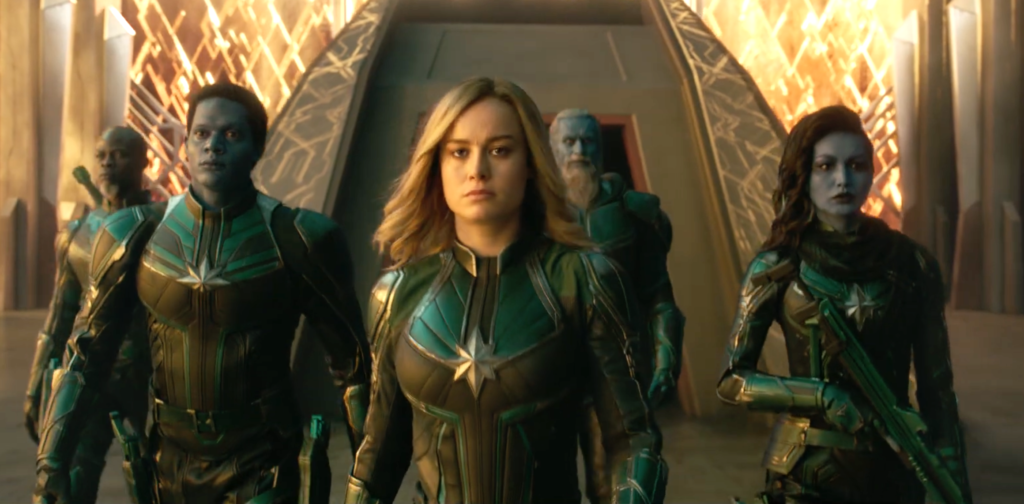Shazam!: Lightning Crashes, a New Hero Rises
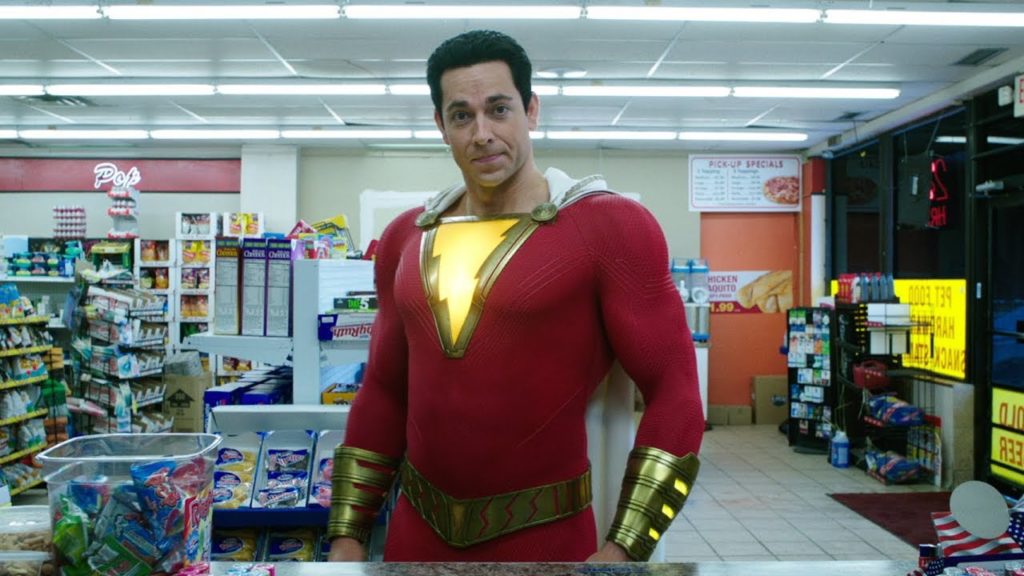
It’s been 14 years since Christopher Nolan made Batman Begins and changed superhero movies forever, ushering in an era of brooding protagonists, muted palettes, and weighty themes. Some of these solemn productions have been quite good, but in the wake of a glut of similarly aimed films that copied the darkness of the Nolan template but failed to capture its richness of character (to say nothing of the Briton’s spectacular execution), many comic-book fans have clamored for a return to lighter, more refreshing fare. Zooming into this void like a caped comet comes Shazam!, which may technically reside in the notoriously grim DC Extended Universe, but which really positions itself as just this sort of antidote, a bright and cheery corrective to the glum macho posturing of movies like Batman v Superman.
And if that’s all you care about, then this silly movie will surely satisfy you. Directed by David F. Sandberg from a screenplay by Henry Gayden, Shazam! is almost defiantly childish, and its goofball vibe can be disarming as well as irritating. But if you care about more than the film’s tonal blueprint—if, for example, you concern yourself with matters of writing, pacing, and action—then you are less likely to be amused. Shazam!’s commitment to lightness is laudable, but it seems to have confused being amiable with being, you know, good. Read More

